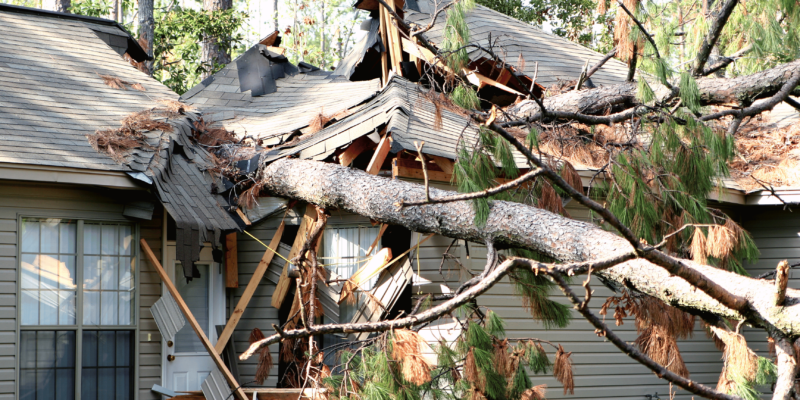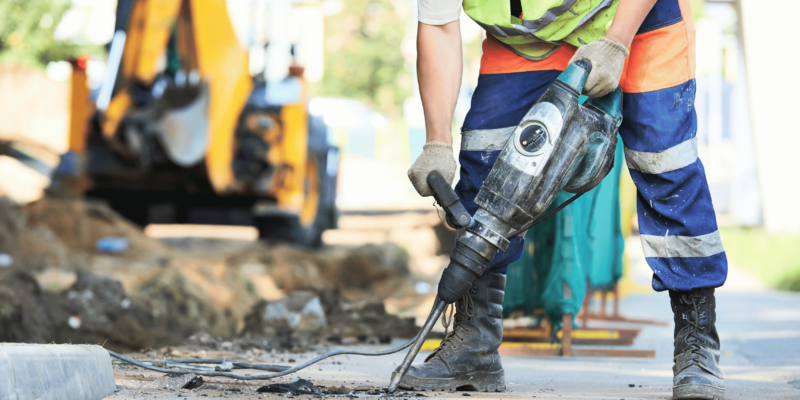If you’ve read our posts, you know we’re huge fans of finding and sharing the latest developments in green practices in construction.
The industry is shifting to make sustainability a top priority, and the new year is a great time to start including some green practices in your 2025 business plan! One of the most promising solutions? Recycled materials!
Thanks to sustainability initiatives across the country, recycled building materials are becoming widely available, are found to reduce environmental impact, offer noticeable cost savings, and open up new avenues for innovation.
Using Recycled Materials
The global construction industry is one of the largest contributors to environmental degradation. It accounts for approximately 40% of global carbon emissions and a significant share of waste generation. As the world grapples with climate change and resource depletion, construction companies are under increasing pressure to adopt sustainable practices.
Using recycled materials is one of the most effective ways to reduce the ecological footprint of construction projects. These materials not only help to conserve natural resources but also prevent waste from ending up in landfills. It’s also incredibly cost effective, as these materials provide a circular economy where the same products and materials are reused, repaired, and recycled to create a closed-loop system.
Recycled Insulation
One of the many ways recycling is being incorporated into construction is through sustainable insulation. Insulation made from recycled materials is just as effective—if not more—than conventional insulation in maintaining consistent indoor temperatures. It improves a building’s overall energy efficiency, reducing the need for heating and cooling and lowering the building’s energy consumption and operational costs.
As buildings account for a significant portion of energy consumption, improving insulation is one of the most effective ways to reduce a structure’s environmental impact.
The manufacturing of traditional insulation materials like fiberglass and foam are energy-intensive and contribute to landfill waste, as they are not biodegradable. Instead, builders are turning to insulation made from materials like denim, cotton, and cellulose (made from recycled paper) to reduce energy consumption and improve building performance. These recycled products offer comparable thermal efficiency to traditional insulation materials and come with the added benefit of reducing waste. There is also a massive amount of raw material available: in 2018, the EPA estimated that 11.3 million tons of textile waste ended up in U.S. landfills. Since these textiles can take up to 200 years to decompose, recycling these products is helpful to both the construction and textile industries.
Recycled textile alternatives include:
- Cellulose Insulation: Cellulose insulation is one of the most popular and sustainable alternatives to traditional insulation, and is made from recycled paper products, including newspaper, cardboard and other paper waste. The paper is shredded and treated with fire retardants before being used as loose-fill insulation. Cellulose is particularly effective for filling cavities in walls, attics and floors. It provides a high thermal resistance (R value) and excellent soundproofing qualities. It is also one of the most cost effective recycled insulation options on the market.
- Denim Insulation: This alternative insulation is made from recycled cotton or denim fabric (often discarded jeans). The fabric is processed and turned into rolls of insulation that can be used in walls, attics, and floors. It is a great non-toxic alternative that’s easy to handle and provides effective heat retention and sound absorption. Since denim is not synthetic, it’s biodegradable and helps reduce excessive textile waste.
- Recycled Cotton Insulation: Recycled cotton insulation is made from post-consumer cotton waste, mostly from discarded clothes. Like denim insulation, the cotton fibers are processed into batts that are known for their softness, ease of installation, and a high R-value. It also diverts textile waste from the landfill.
Challenges
While the benefits are numerous, there are still some associated challenges with recycled insulation. Availability and sourcing of these materials can prove to be a challenge, depending on where you are doing construction. The collection, processing, and distribution of these materials require a robust recycling infrastructure, which isn’t yet available across the country. However, as the construction industry’s demand increases, so will supply.
Building codes and standards may also prove an obstacle for some of these materials. Making sure your project allows for recycled materials is the first step. If allowed, it’s also important to check that the recycled insulation meets the required R-value and other performance metrics for specific applications, since as processing practices vary.
Future of Recycled Insulation
By using recycled materials, builders can significantly reduce the environmental impact of their projects. Recycled insulation reduces the need for raw materials, lowers energy consumption during manufacturing, and helps divert waste from landfills. Additionally, many recycled insulation options are made with fewer harmful chemicals, making them safer for construction workers, building inhabitants, and the environment. Recycled insulation materials are often more affordable than traditional options, especially when factoring in long-term savings on energy bills.
We can’t wait to see recycled materials become more available, and the sustainable projects they will power.
As you plan your next green project, make sure you contact Steadfast. We’ll take the trouble of sourcing equipment and staff off your plate!










